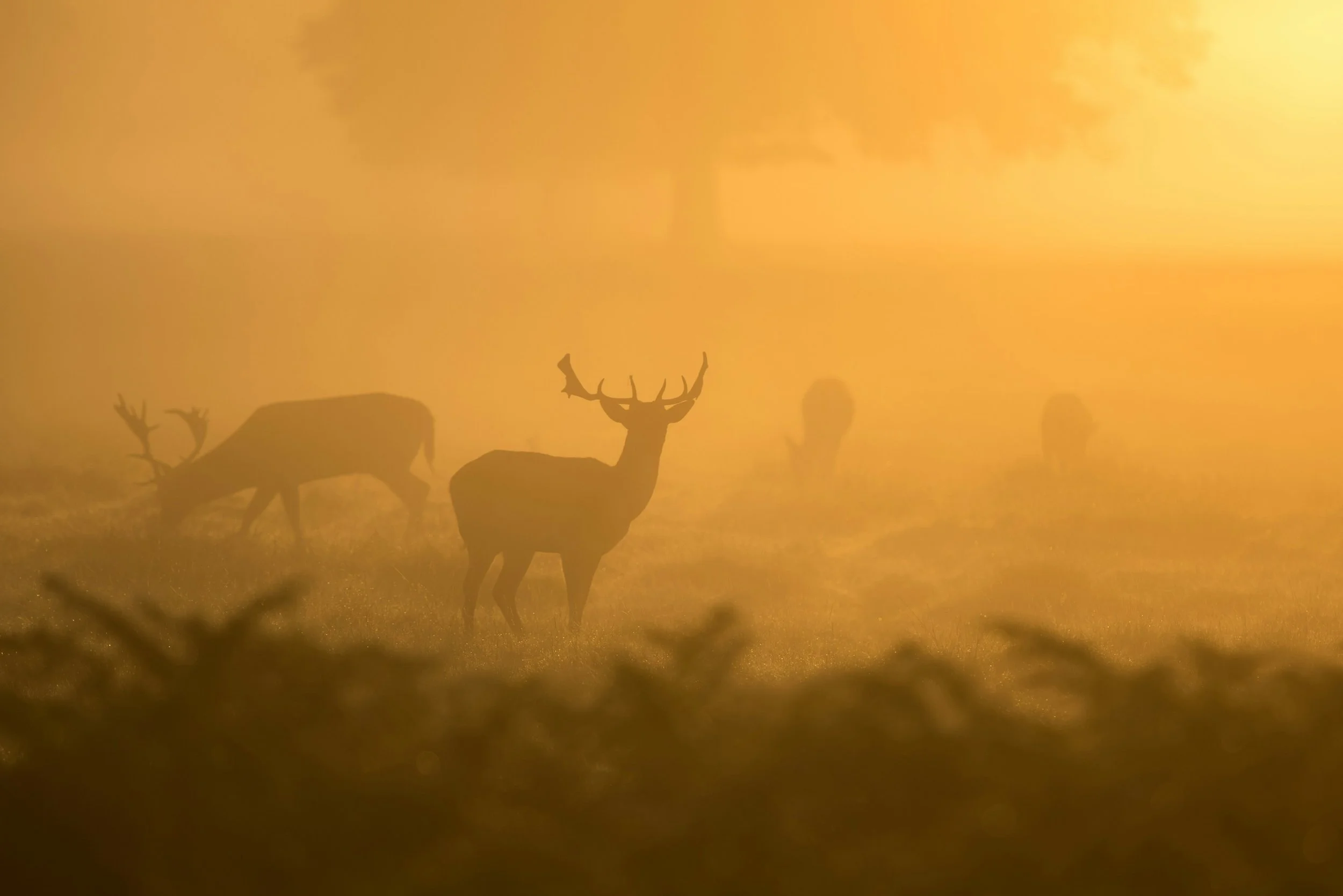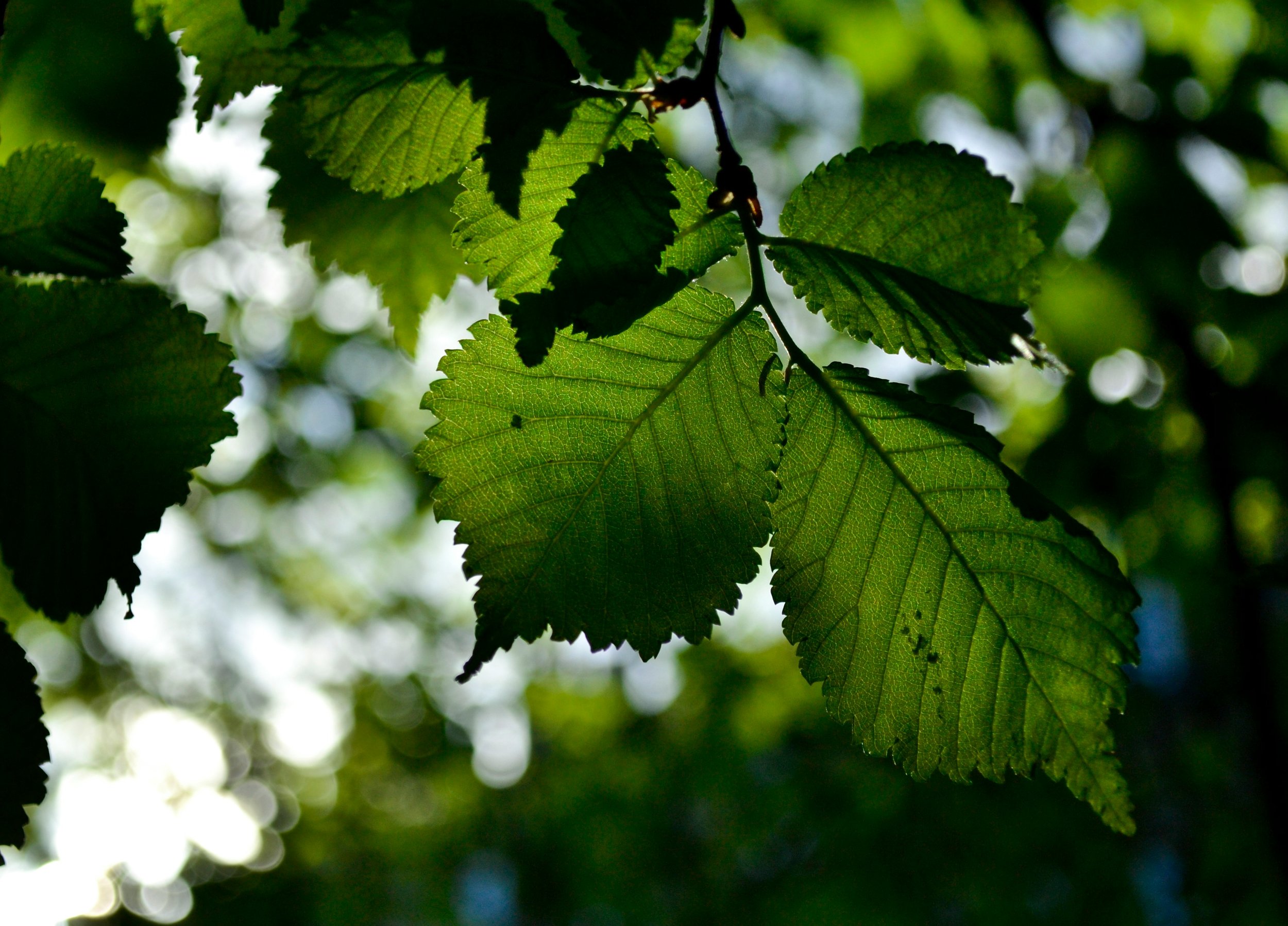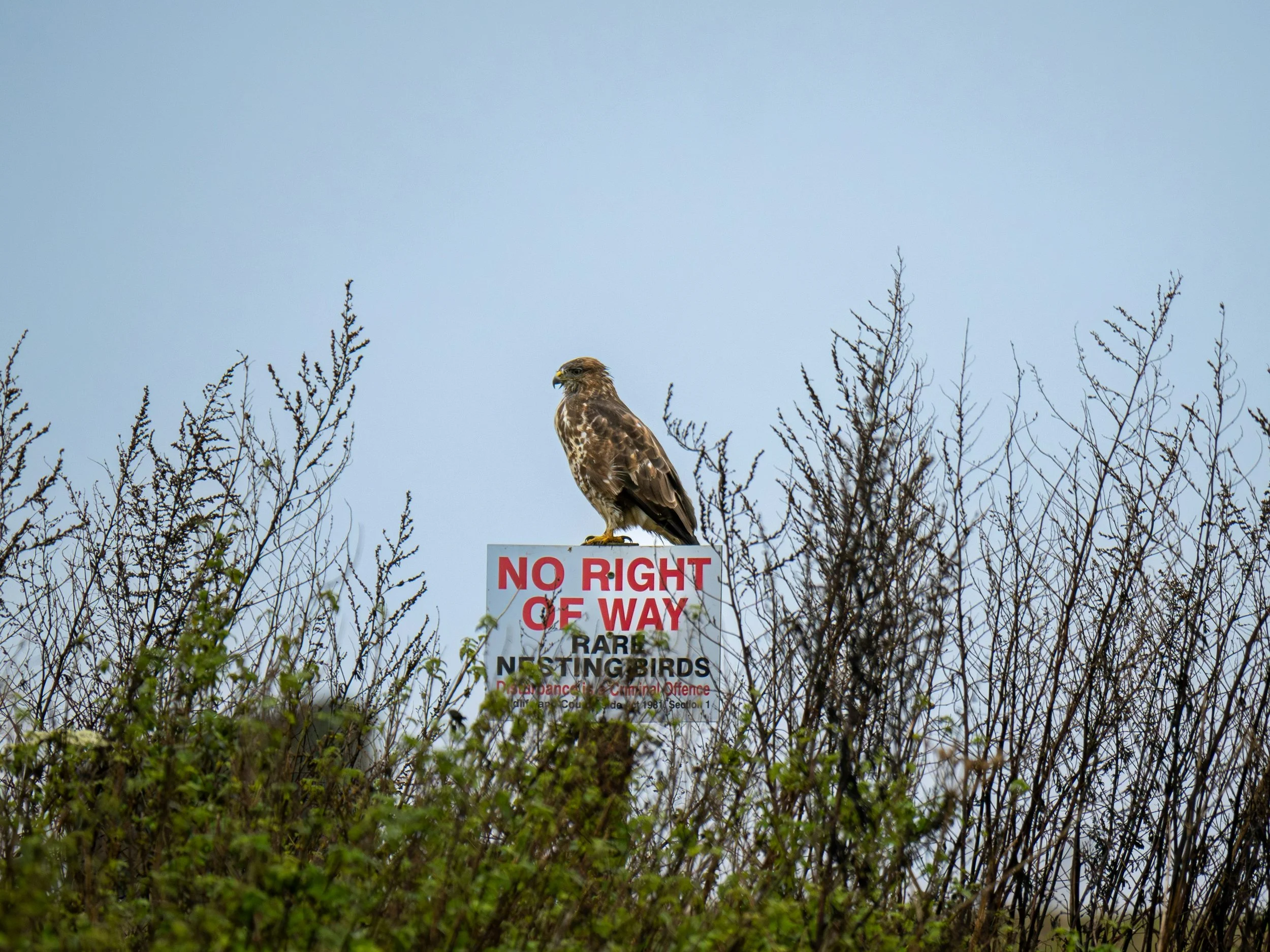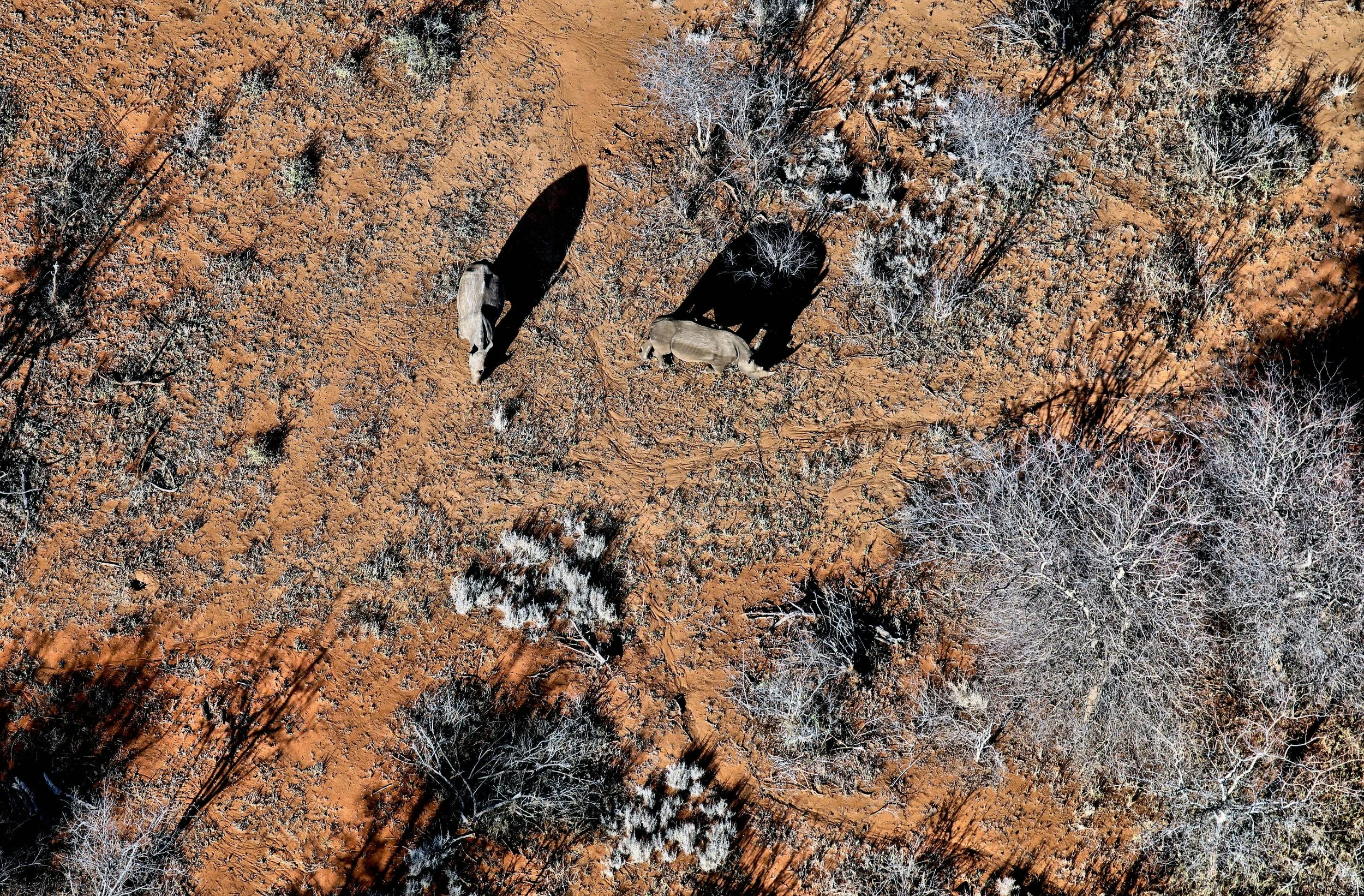World Wildlife Day 2024: A celebration promoting conservation and biodiversity appreciation
World Wildlife Day: A yearly celebration of biodiversity that everyone can engage in.
Every year on March 3rd, innumerable conservationists mark World Wildlife Day (WWD) — a global event committed to increasing recognition of the importance of wildlife conservation and promoting the bountiful biodiversity our planet provides. WWD was established by the United Nations General Assembly in 2013 and now represents a global platform for highlighting the critical function wildlife and healthy ecosystems play in maintaining life on Earth. Yet, what is the importance of this occasion and what critical issues confront wildlife conservation efforts globally in 2024?
Embracing the beauty of biodiversity on World Wildlife Day 2024: Let's pledge to protect and preserve our precious wildlife treasures for generations to come 🌍🐾 #WorldWildlifeDay #ConservationMatters
The Importance of World Wildlife Day
WWD is a yearly occasion intended to remind us of the intrinsic value of wildlife and the urgent necessity to preserve it for future generations. On this occasion, a large spectrum of people, organisations and governments cooperate in a collective drive to address the existential threats to biodiversity through various awareness initiatives, advocacy campaigns and community engagement efforts. Moreover, WWD aims to encourage a deeper understanding of the complex mutual interplay between human beings and wildlife to inspire positive change. In 2024, WWD explores how technology can assist humans in the fight against biodiversity degradation:
World Wildlife Day 2024 (#WWD2024) focuses on digital innovation and emphasises how digital conservation technologies and services can drive wildlife conservation, sustainable and legal wildlife trade, and human-wildlife coexistence. The 2024 theme, “Connecting People and Planet: Exploring Digital Innovation in Wildlife Conservation”, recognizes the impact of digital interventions on ecosystems and communities in an increasingly connected world. - United Nations
Promoting Conservation Efforts
A fundamental objective of WWD is to boost conservation measures designed to safeguard endangered species and the habitats in which they live and thrive. These initiatives operate ceaselessly on an everyday basis on a global scale, funded and implemented by conservation organisations such as 9Trees and numerous governmental agencies. Strategies typically include, for example, habitat restoration, anti-poaching measures and wildlife trafficking enforcement to defend vulnerable species against the real threat of extinction. But what can we do as individuals? WWD encourages us to support these initiatives, advocating for sustainable practices. By doing so, we can contribute — even in small ways that accumulate — to the preservation of biodiversity and the protection of fragile ecosystems.
One of the many 9Trees plantation sites encouraging rich biodiversity to flourish
Raising Awareness About Wildlife Threats
Despite the continuing efforts of conservation groups, the natural world remains under perpetual risk, with the detrimental effects of habitat loss, biodiversity degradation, climate change and pollution (and in many countries, illegal wildlife trade) impacting heavily. Within this context, WWD presents a platform for directing necessary attention towards these pressing issues to mobilise action. The more educational programmes, documentaries and social media campaigns assembled and disseminated, the more relevant stakeholders can educate the public about the consequences of human influence on wildlife populations. This empowers communities that might feel powerless amidst these threats to take proactive steps to mitigate them through numerous small interventions.
Amplifying Biodiversity Awareness
Biodiversity refers to the abundant diversity of lifeforms on our planet at all tiers, from genes to ecosystems. It is crucial for ecosystem balance and improving resilience in natural systems. However, biodiversity loss is accelerating at a startling rate due to anthropogenic (i.e., human-caused) drivers; for instance, these can include deforestation, agricultural expansion, the overexploitation of natural resources and pollution. Subsequently, deforestation, woodland degradation and forest biodiversity loss have led to further habitat loss for many forms of wildlife. WWD encourages individuals and communities to appreciate the splendour and significance of biodiversity whilst recognising the interconnectedness of all living organisms; by celebrating the range of flora and fauna within ecosystems, we can promote a greater sense of collective responsibility towards protecting and preserving our natural world. Ultimately, small, individual actions can cumulatively contribute towards defending the future of our planet.
Can you imagine a world without these incredible creatures? Let's ensure we never have to
Engaging Communities in Conservation
Community involvement is a critical aspect to ensure the success of wildlife conservation efforts. For example, local communities often live close to wildlife habitats and play a substantial role in shaping the future of conservation initiatives. WWD emphasises the importance of engaging communities in conservation activities, encouraging partnerships between stakeholders and empowering grassroots efforts to safeguard wildlife and their habitats. Involving communities in decision-making processes and providing them with the tools and resources they need can increase the chance of favourable sustainable conservation outcomes benefitting people and wildlife equally.
The Role of Technology in Conservation
In line with this year’s WWD, technology is being foregrounded for its function in ongoing conservation efforts globally; for example, by providing cutting-edge instruments for monitoring, research and enforcement. Meanwhile, remote sensing technology through advances in satellite imagery and drones enables researchers to accumulate precise data on wildlife populations and habitat shifts more efficiently. Additionally, DNA analysis and fingerprinting procedures help in the fight against wildlife trafficking by pinpointing the source of unlawful wildlife products and determining poaching hotspots. Ultimately, WWD 2024 highlights the importance of leveraging technology to bolster conservation efforts and manage evolving challenges in wildlife conservation.
Who shares our planet's beauty? Every living being deserves our protection
Conclusion
As we celebrate World Wildlife Day 2024, it may be appropriate to reflect on the importance of conserving our planet's precious biodiversity and take meaningful action to safeguard the future of wildlife. This can be achieved in innumerable small ways, such as promoting conservation efforts, raising awareness about threats to wildlife, promoting biodiversity awareness, engaging communities and embracing technological innovations. Through these approaches, we can work together to create a more sustainable and harmonious relationship between humans and nature. Let this day serve as a catalyst for positive change and inspire a renewed commitment to protecting the incredible diversity of life on Earth.
#Wildlife #Biodiversity #Conservation
By Neil Insh - Researcher





